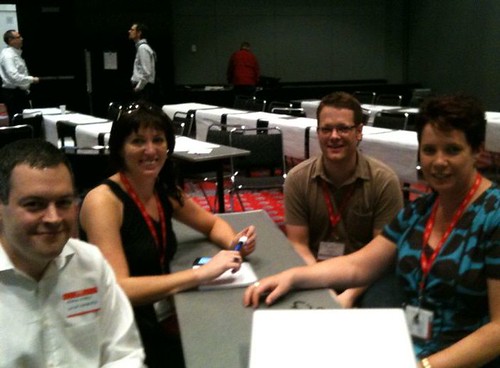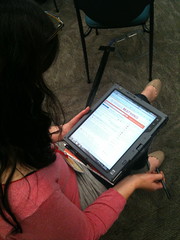
A focus of the Digi Advisor roll this year has been the further development of the snapshots for the Software for Learning website. While the snapshots are intended as a taster to the software and digital content – an indication of how one teacher has recognised the potential to support learning, we also wanted to make explicit the links to e-learning and effective pedagogy and explore how the snapshots might be utilised by leaders to support professional learning.
Initially we reviewed the format of the snapshot to align with the teaching as inquiry cycle. While this provided us with consistency in both the format and framework for publication, the intention was to improve their potential as a catalyst for thinking and dialogue within our professional learning communities. We considered the qualities of professional communities that promote teacher and student learning (Teacher Professional Learning and Development:BES. p.203) and have increasingly integrated the new snapshots into our online support and face-to-face facilitation to reinforce these.
As an e-learning facilitator I have also used the snapshots with our e-learning cluster to explore how teachers in other schools are integrating e-learning and the implications for teaching and learning. Additionally the links to the teaching as inquiry cycle provide a useful framework for teachers to inquire into their practice. The cycle provides common points of reference in relation to effective pedagogy and teacher actions. This can be useful to support dialogue as teachers in a professional community also have diverse learners and consequently may have identified different professional learning outcomes from those of their colleagues.
Snapshots in the new format are continuing to be edited for the website and we would like to acknowledge and thank the teachers who have shared their teaching and their students' learning. Their collaboration on this project is both valued and appreciated. While the snapshots are accessible from the Software for Learning home page, links to the new snapshots have been saved as a group in the Software for Learning Delicious. Browse each of the snapshots using the arrow on the top right of the Delicious navigation bar. Teachers are invited to share their snapshots of learning, visit the wiki for details.
 |
| Click to enlarge |








